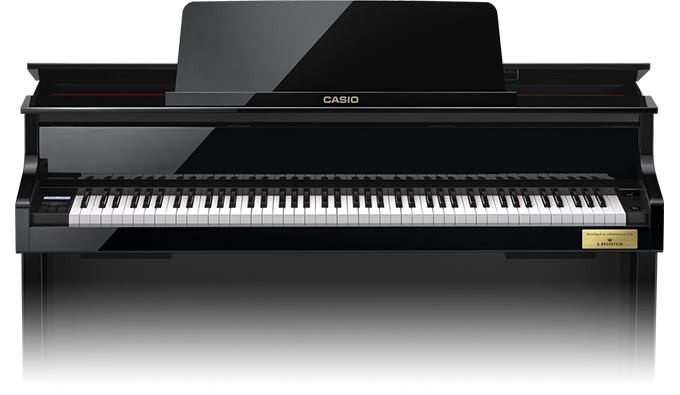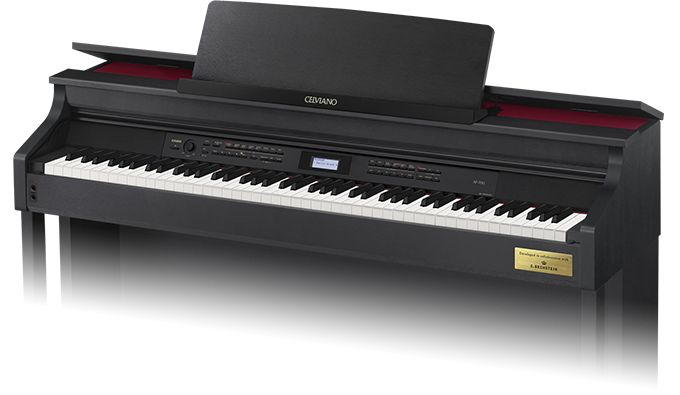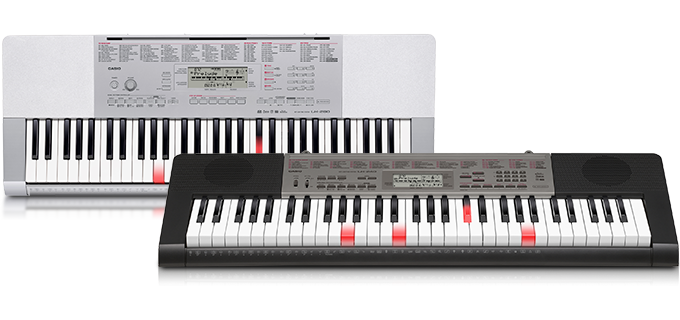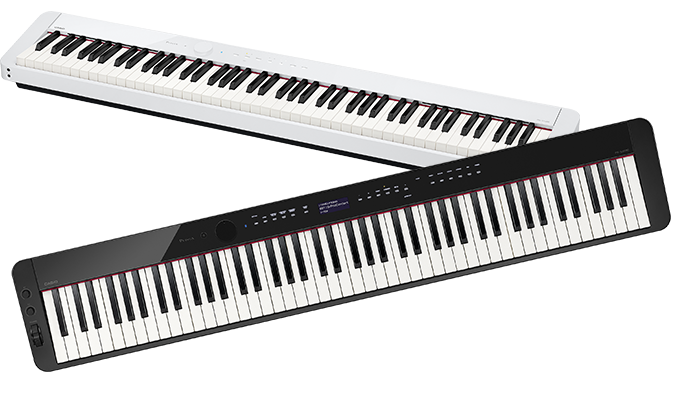


The PRIVIA models are designed for advanced piano players who highly value weighted keys and a modern, compact instrument.


The brass plate on every CELVIANO Grand Hybrid model engraved with "Developed in collaboration with C. Bechstein" reveals that these digital pianos are the best you can get. In terms of the acoustics, tactile and visual features, these CASIO digital pianos provide simply outstanding quality.
Zur grandhybrid Serie
At CASIO, we dedicate ourselves to the task of perfectly emulating the infinite options of musical expression generated by real concert pianos. The CELVIANO series turns this dream into reality.
Zur celviano Serie
The CASIO Lighted Key technology provides learners with the option of independent learning and musical achievements. You will see how anxieties about playing music are reduced and turned into a joy of playing!
Zur leuchttasten Serie
The compact, stylish CASIO digital pianos in the PRIVIA series boast an impressive and rich sound. They have the feel of acoustic pianos whilst being modern, smaller or even portable instruments.
Zur privia Serie